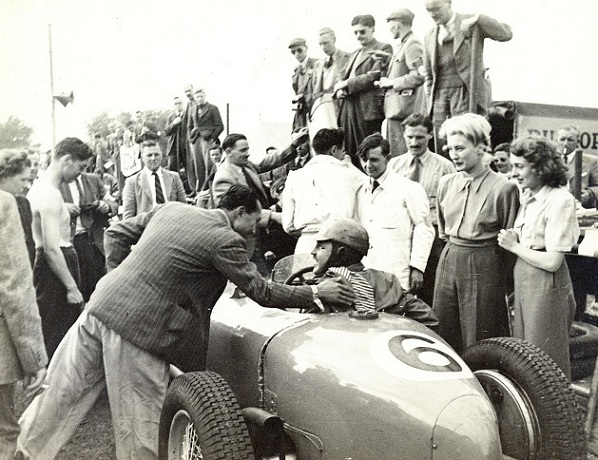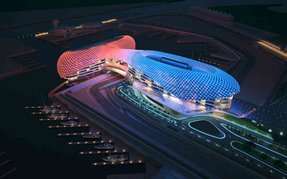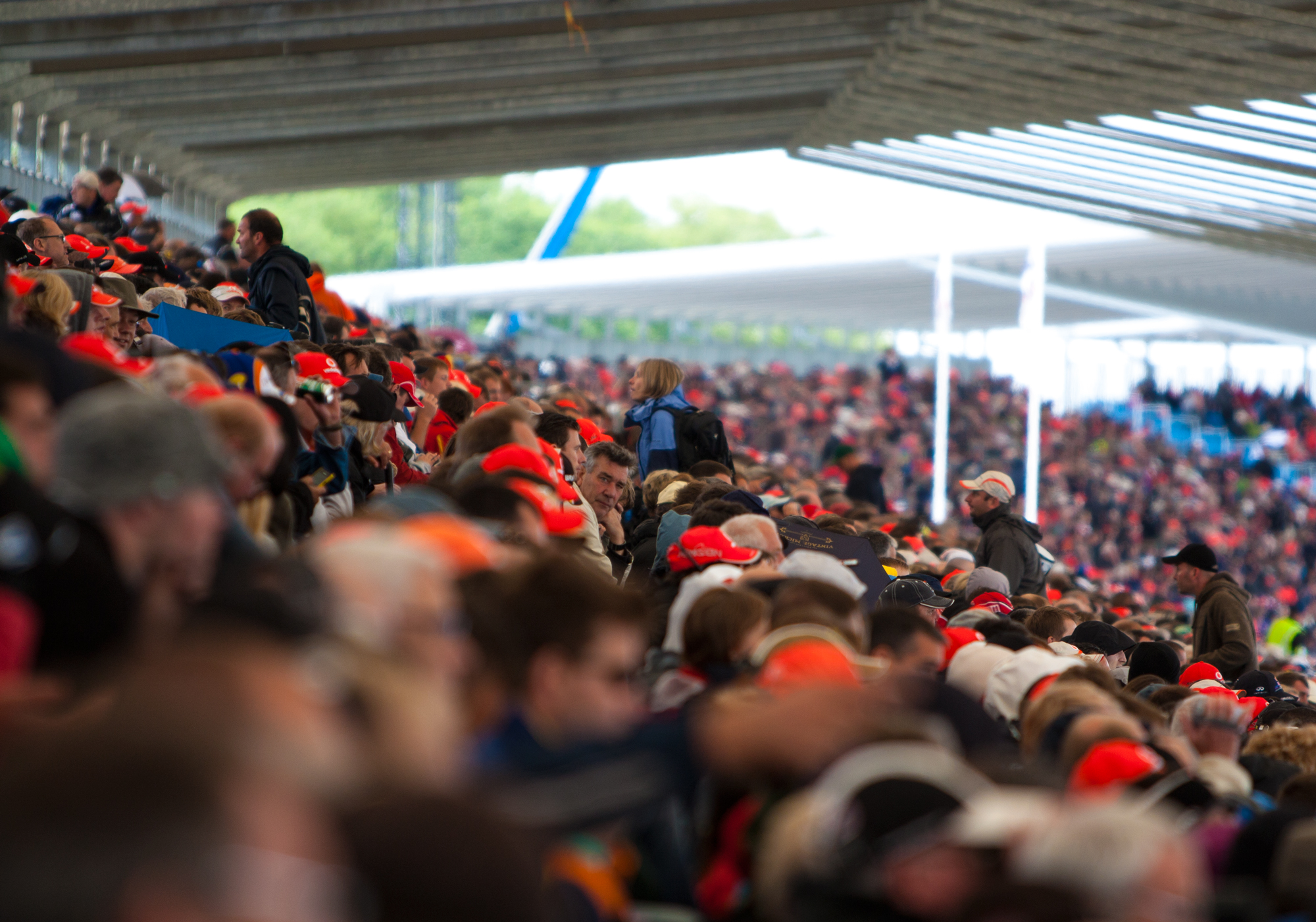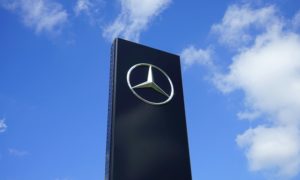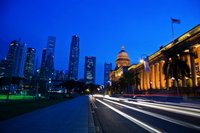 Renault’s Pat Symonds on the challenge of hustling an 800bhp Formula One car around Singapore’s new street circuit at night!
Renault’s Pat Symonds on the challenge of hustling an 800bhp Formula One car around Singapore’s new street circuit at night!
“The Singapore street circuit will be a maximum downforce track with a low average speed of just under 170 km/h and most corners taken in second gear. Like any street circuit, the existing surface is expected to be quite low grip and bumpy, and so getting the car to ride well will be all-important although 20% of the track is newly surfaced and probably therefore smoother. There will also be the usual distractions of road markings and white lines, which could become hazardous if it rains.
“Before we get to Singapore and walk the track, it is difficult to pick out potential overtaking opportunities because we don’t know exactly what the track surface is like or the width of the circuit. The Anderson Bridge, for example, looks to be very narrow, whereas other parts of the lap are run on dual carriageway. The overtaking opportunities will depend on whether we are using the full width of these roads.
Turns 5 and 6
The fastest part of the circuit is the section on Raffles Boulevard, where the cars will reach a maximum speed of somewhere between 290 and 300 km/h. It’s not quite a straight as there is a right kink (turn 6), but the cars will take this easily flat at around 280 km/h. It will be important to get a good exit out of turn 5, a second gear right hander, in order to carry good speed on the approach to turn 7, which on paper looks like being the best overtaking opportunity on the circuit.
Turns 10 through to 14
A challenging part of the lap is the section after St. Andrews Road, past the cricket club and on towards the Anderson Bridge. The tight chicane of turns which we believe will be numbered 10 and 11 on the FIA map are almost one corner, which will be pretty much straight-lined, with the first part taken in third gear before dropping down to second and then decreasing in speed all the way through to turn 12, which is likely to be taken at just under 90km/h. From there it’s onto the spectacular Anderson Bridge and the approach to turn 14, which looks like being the slowest corner on the circuit, taken at about 70 km/h.
Turns 19 and 20
Another interesting section is turns 19 and 20 towards the end of the lap after Raffles Avenue. Turns 17 and 18 consist of a right-left chicane, and then 19 and 20 are a left-right chicane, which will take the cars through a tunnel and back onto Raffles Avenue. This could be especially challenging if we get some wet weather leaving the undercover sections dry.
Singapore: A unique atmosphere
F1’s visit to Singapore really is a weekend of firsts: the first F1 race in Singapore; the first F1 night race; and the first F1 street race in Asia. It promises to be a spectacular event with the 5km route seeing the cars blast through the heart of Singapore’s marina bay district, taking in iconic landmarks such as Raffles Boulevard and the Anderson Bridge.
Racing at night is perhaps the biggest novelty factor of the race, adding another dimension of excitement to the sport. The beauty of racing at night means the race fits well with both Asian and European television audiences, while the city location will help create a unique atmosphere that accompanies all street races.


